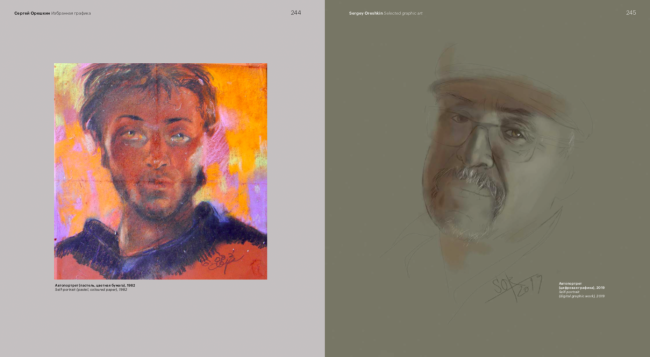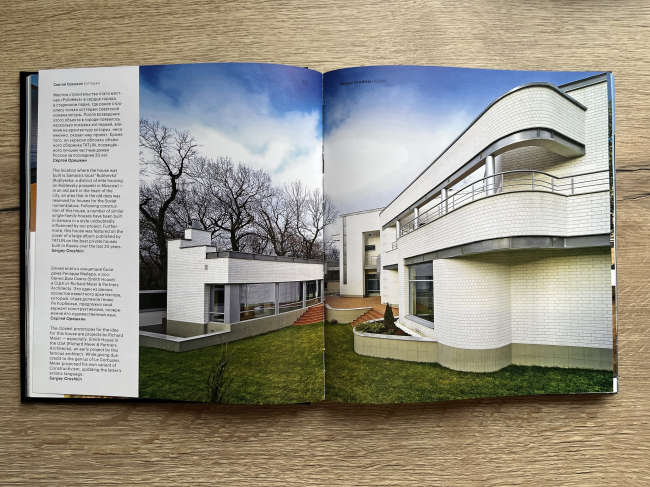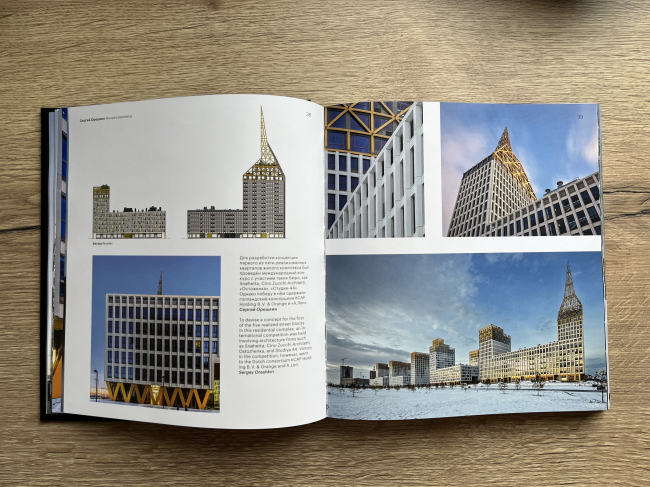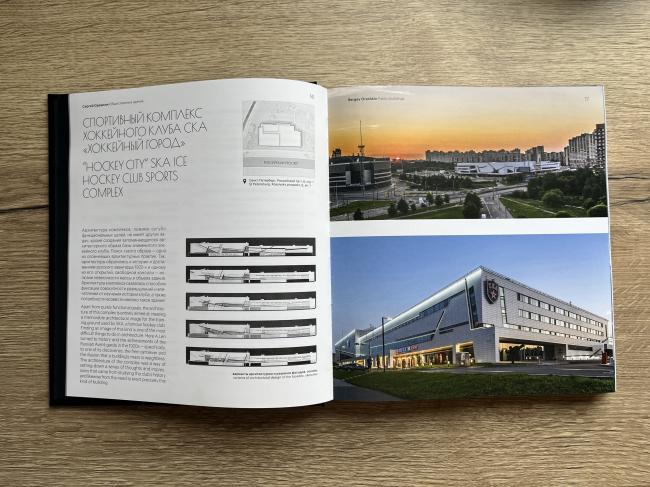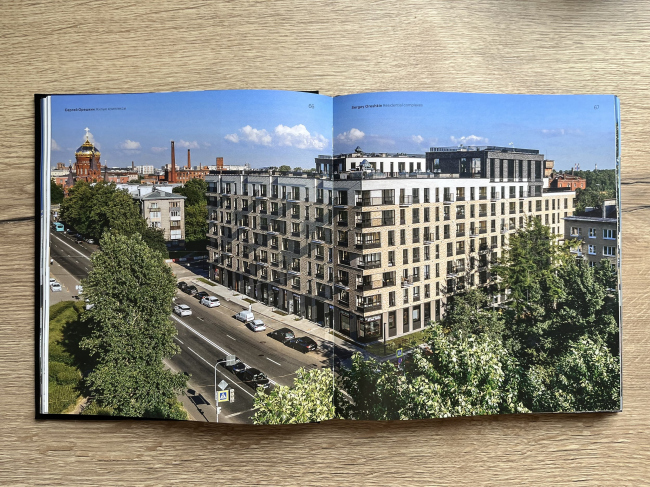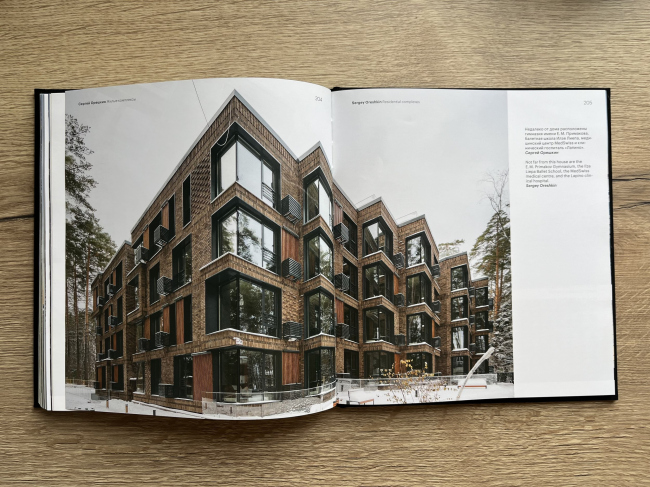|
Published on Archi.ru (https://archi.ru) |
|
| 26.04.2024 | |
|
Midway upon the Journey of Our Life |
|
|
Alyona Kuznetsova |
|
| Studio: | |
| A-Len | |
|
Recently, Tatlin Publishing House released a book entitled “Architect Sergey Oreshkin. Selected Projects”. This book is not just a traditional book of the architectural company’s achievements, but rather a monograph of a more personal nature. The book includes 43 buildings as well as a section with architectural drawings. In this article, we reflect on the book as a way to take stock of an architect’s accomplishments. Looking back one’s professional journey, acknowledging one’s achievements, and celebrating one’s success is absolutely necessary from time to time – at least to maintain one’s motivation and continue one’s work, as well as for the sake of healthy reflection. A good way to do this in the context of an architect’s career is to publish a book: contemplating its structure and selecting projects for it, you inevitably survey a large chunk of your life. And to make this book a celebration ritual, you can involve colleagues and friends in its creation, as well as turn to a publishing house that knows how to present architecture. Tatlin is precisely such a publishing house. Two self-portraits by Sergey Oreshkin several decades apartCopyright: © Image courtesy by A.LenFrom the introductory words from his colleagues, the readers learn about Sergey Oreshkin’s dedication to Leningrad modernism. The architect himself considers himself a follower of the traditions of Lazar Khidekel and his son Mark, with whom he had the opportunity to work in his youth. And the name chosen once for his studio has not changed: “A.Len” stands for “Architectural Leningrad”. The design of the book emphasizes that this connection with the past is not only preserved but also retains value. The cloth-bound cover with embossing is reminiscent of volumes published during the Soviet era in the so-called “Library of World Literature” series. The deep matte finish of the cover initially seems excessively gloomy, but as you become acquainted with the book, the association changes: black fabric, white edges, charcoal endpapers, and white lines – all these combinations ultimately fall in line with the idea of black-and-white photographs. And monochrome seems to best convey the lines of modernism. The “Puaré” font used for the cover and headings also has a hint of “retro” – online, it is described as “geometric grotesque with notes of Art Deco and constructivism”. 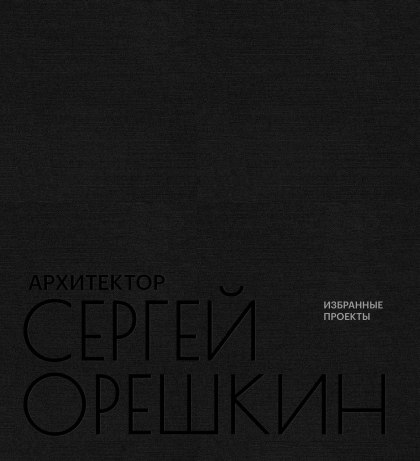 NoneEach section of the book corresponds to its own background color of the pages. The book starts off with a small “black block”: a quote from Sergey Oreshkin about the architect’s peak of maturity and his photo in a contemplative pose, a short biography, and feedback from his colleagues – the leading figures of architectural St. Petersburg. The book “Architect Sergey Oreshkin. Selected Projects”Copyright: Photograph © Archi.ruThe book “Architect Sergey Oreshkin. Selected Projects”Copyright: Photograph © Archi.ruThe first white spread evokes the same sense of relief as any conclusion of an official part. The white color becomes a “background” for the selected 43 projects – all of them being implemented ones. The list includes both large urban public buildings and private residences, and the geography, besides St. Petersburg, includes Voronezh, Yekaterinburg, Saransk, Samara, Vologda, Novosibirsk, and the Moscow region. Several projects were done in collaboration with Western companies – KCAP, Orange, Semrén & Månsson, and Grimshaw Architects. NoneCopyright: Photograph © Archi.ruThe book “Architect Sergey Oreshkin. Selected Projects”Copyright: Photograph © Archi.ruThe buildings are not presented in chronological order and are not systematized by function, material, or any other principle. Hence, just as in literary texts, the first sentence is the most important, and the section begins with the sports complex of the SKA hockey club “Hockey City”. This may indicate the architect’s love for sports in general and hockey in particular, as well as an interest in the sport facilities typology. The book “Architect Sergey Oreshkin. Selected Projects”Copyright: Photograph © Archi.ruEach project is allocated two to three spreads depending on its scale. The majority are filled with excellent photographs by Ivan Smelov and Andrey Belimov-Gushchin. Different angles – bird’s-eye views, distant perspectives and fragments, as well as location plans and drawings, help to better understand the building. It’s interesting to examine the initial sketches, from which the concepts were developed. Short texts, quite sufficient for presentation purposes, are duplicated with English translations. The book “Architect Sergey Oreshkin. Selected Projects”Copyright: Photograph © Archi.ruThe book “Architect Sergey Oreshkin. Selected Projects”Copyright: © Image courtesy by A.LenSome buildings – private residences, housing complexes, and car showrooms (among which there is a quite surprising one, reminiscent of the postmodernist Michael Graves) – are presented in a scatter of six to seven projects per spread. The book “Architect Sergey Oreshkin. Selected Projects”Copyright: Photograph © Archi.ruIn the last section of the book, the glossy white pages give way to “craft” gray ones. These are Sergey Oreshkin’s drawings, which include not only sketches of various buildings but also artistic studies. This section seems to be a very valuable addition to the previous list of buildings, as it to some extent reveals the architect’s personality and transforms him from an abstract figure into a real person. 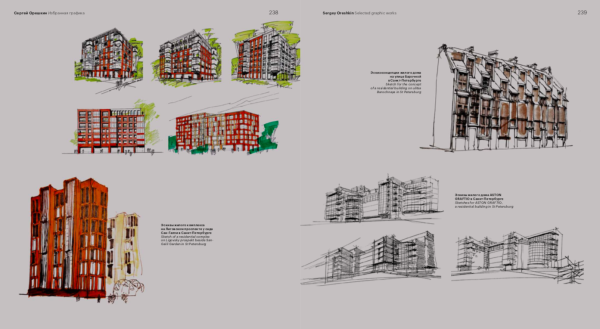 A drawing by Sergey OreshkinCopyright: © Image courtesy by A.Len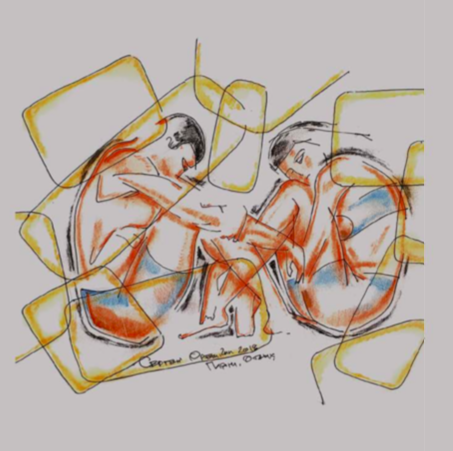 A drawing by Sergey OreshkinCopyright: © Image courtesy by A.Len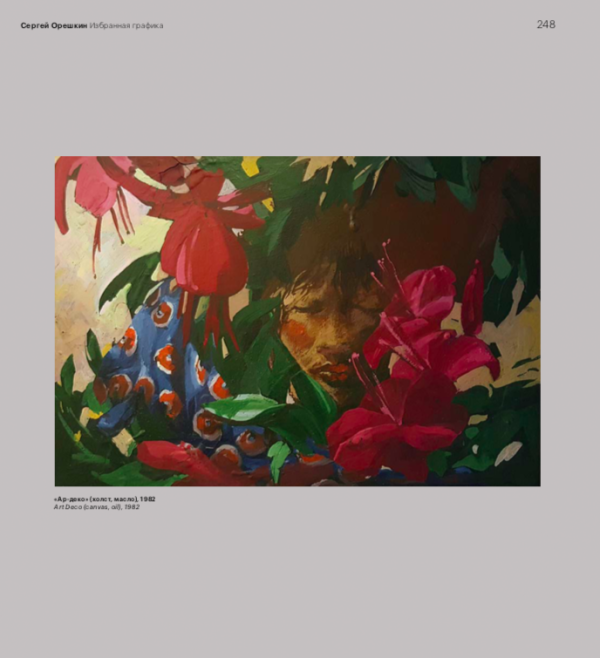 A drawing by Sergey Oreshkin A drawing by Sergey Oreshkin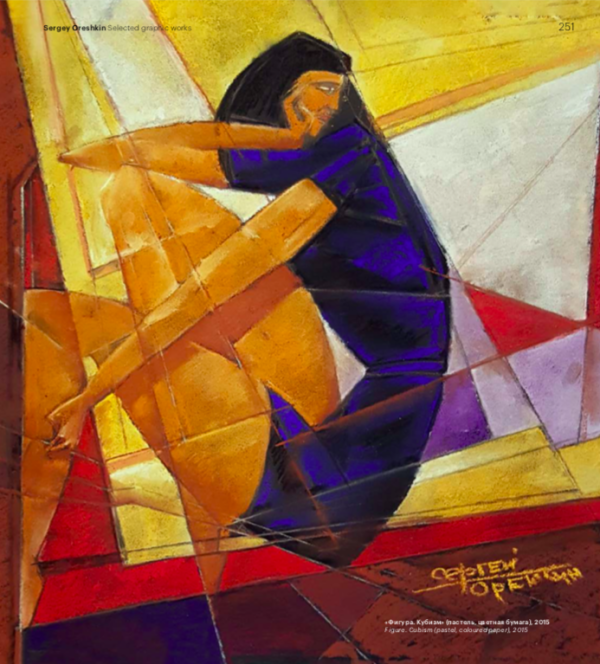 A drawing by Sergey OreshkinCopyright: © Image courtesy by A.LenThis substantial book, which does not even include all of the architect’s executed constructions, is a significant marker of success. During his creative journey, which began with designing private residences, car showrooms, and interiors, Sergey Oreshkin gradually came to master planning of enormous territories. Now, seeing his experience, reputation, and recognition, expressed in commercial success as well, I am really curious as to what may come next. |
|
